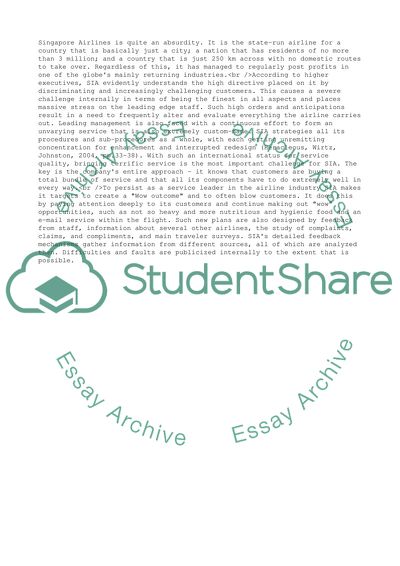Cite this document
(Operations and Quality Control, Singapore Airlines Essay Example | Topics and Well Written Essays - 1250 words, n.d.)
Operations and Quality Control, Singapore Airlines Essay Example | Topics and Well Written Essays - 1250 words. https://studentshare.org/management/1526723-operations-quality-management-singapore-airlines
Operations and Quality Control, Singapore Airlines Essay Example | Topics and Well Written Essays - 1250 words. https://studentshare.org/management/1526723-operations-quality-management-singapore-airlines
(Operations and Quality Control, Singapore Airlines Essay Example | Topics and Well Written Essays - 1250 Words)
Operations and Quality Control, Singapore Airlines Essay Example | Topics and Well Written Essays - 1250 Words. https://studentshare.org/management/1526723-operations-quality-management-singapore-airlines.
Operations and Quality Control, Singapore Airlines Essay Example | Topics and Well Written Essays - 1250 Words. https://studentshare.org/management/1526723-operations-quality-management-singapore-airlines.
“Operations and Quality Control, Singapore Airlines Essay Example | Topics and Well Written Essays - 1250 Words”. https://studentshare.org/management/1526723-operations-quality-management-singapore-airlines.


